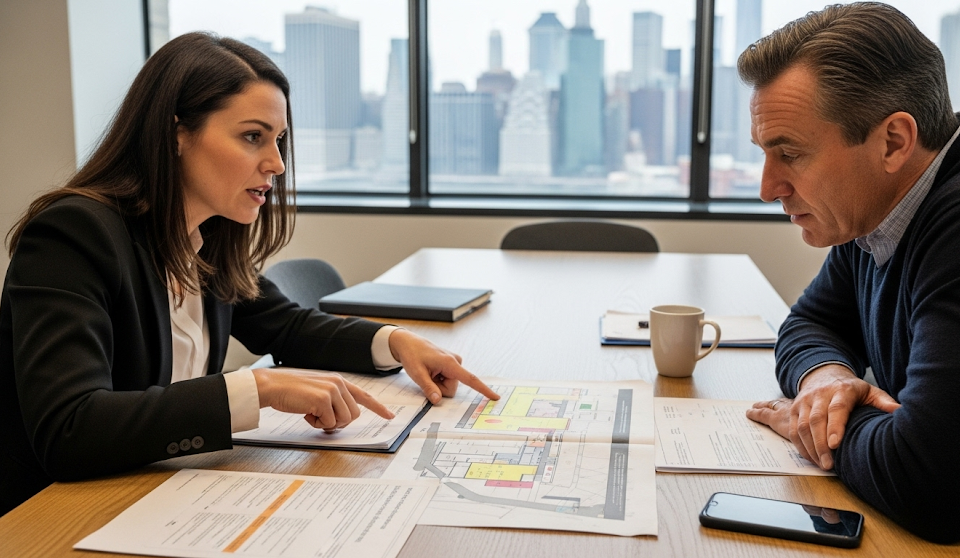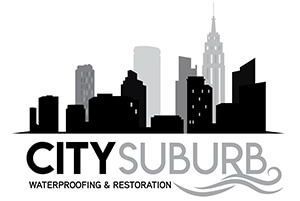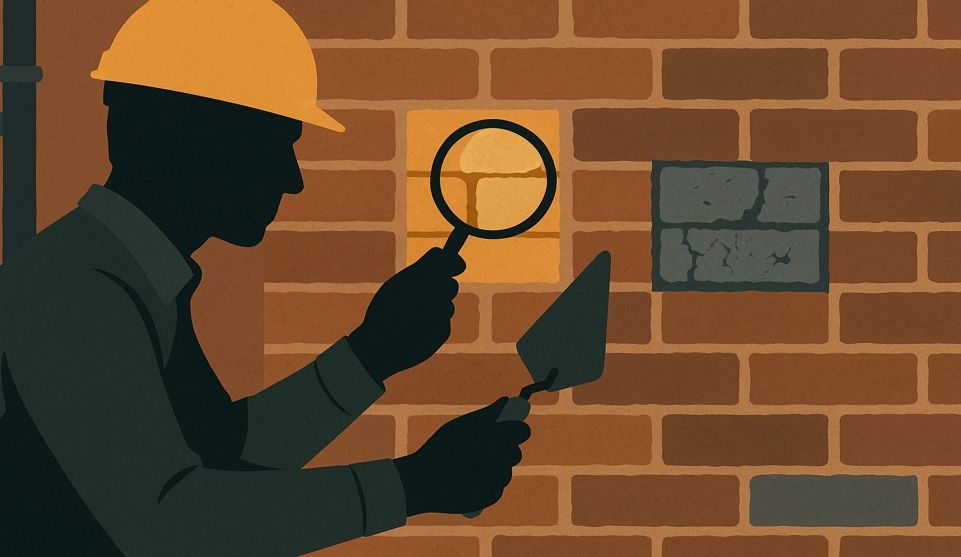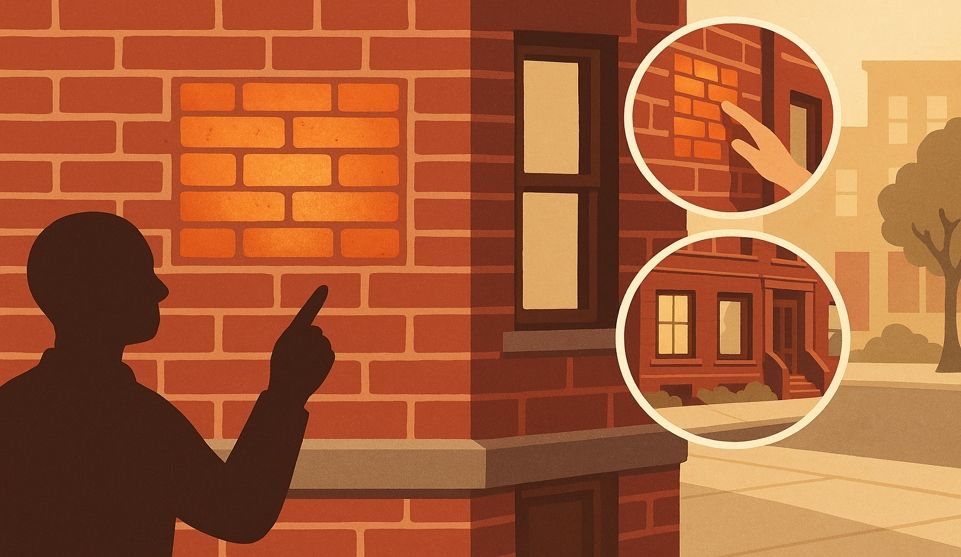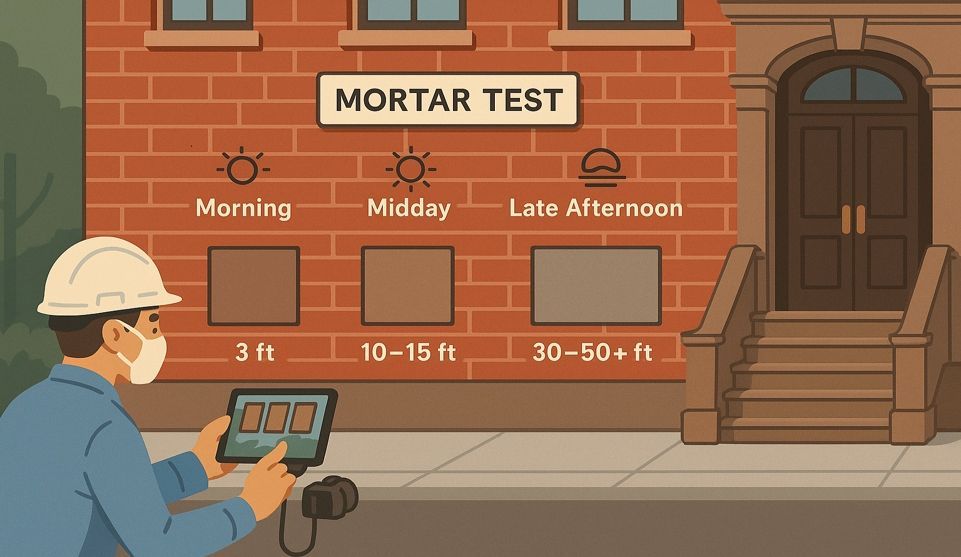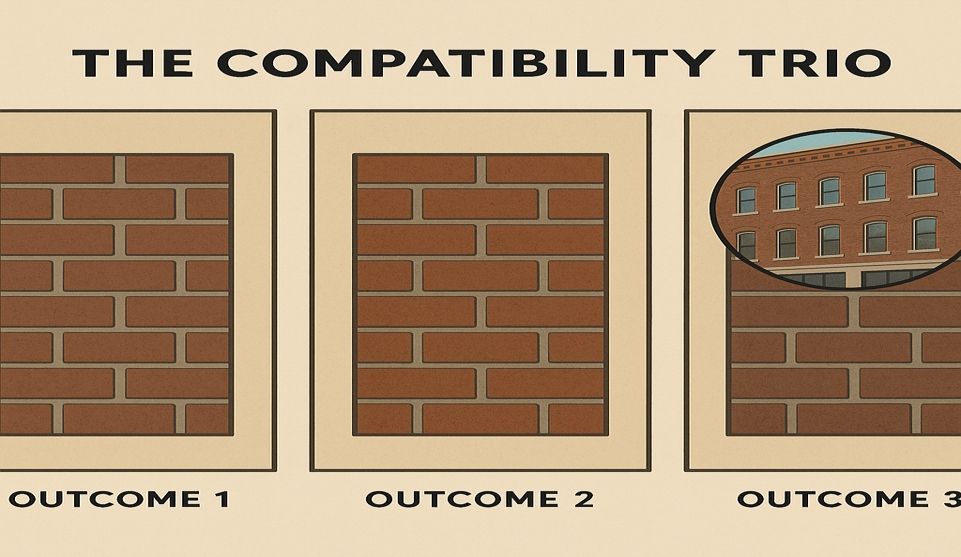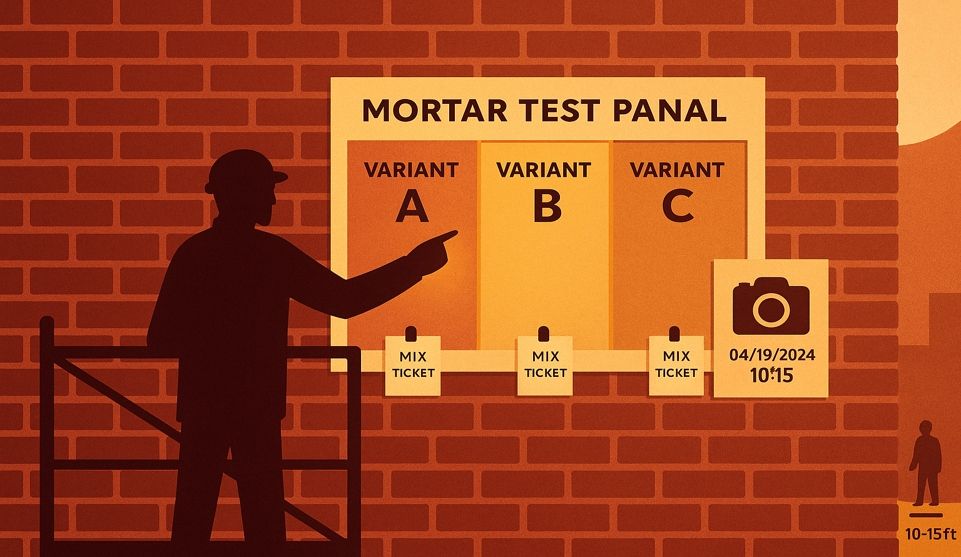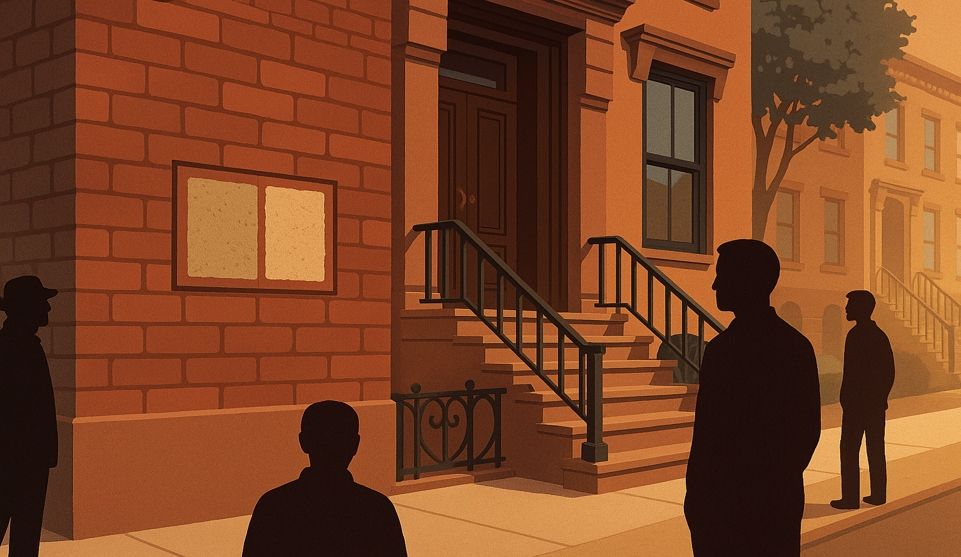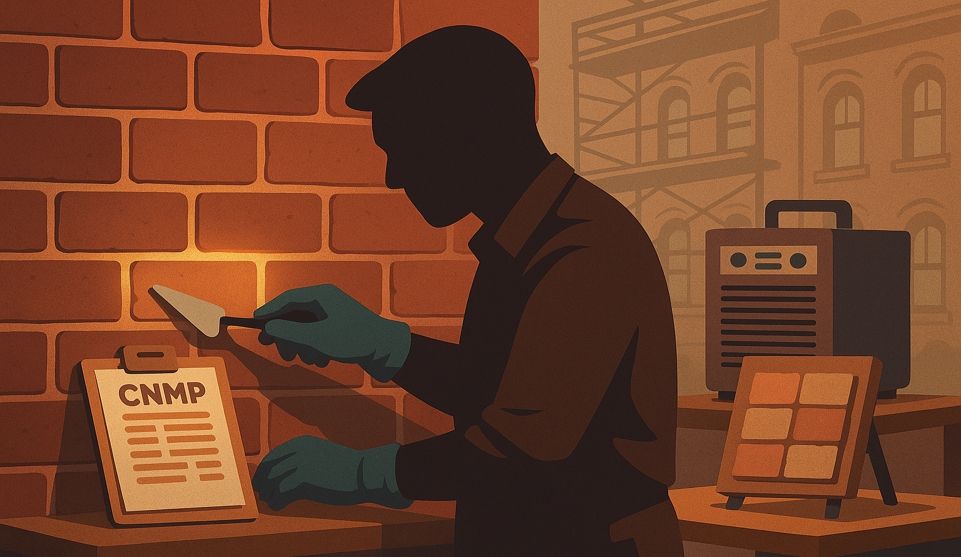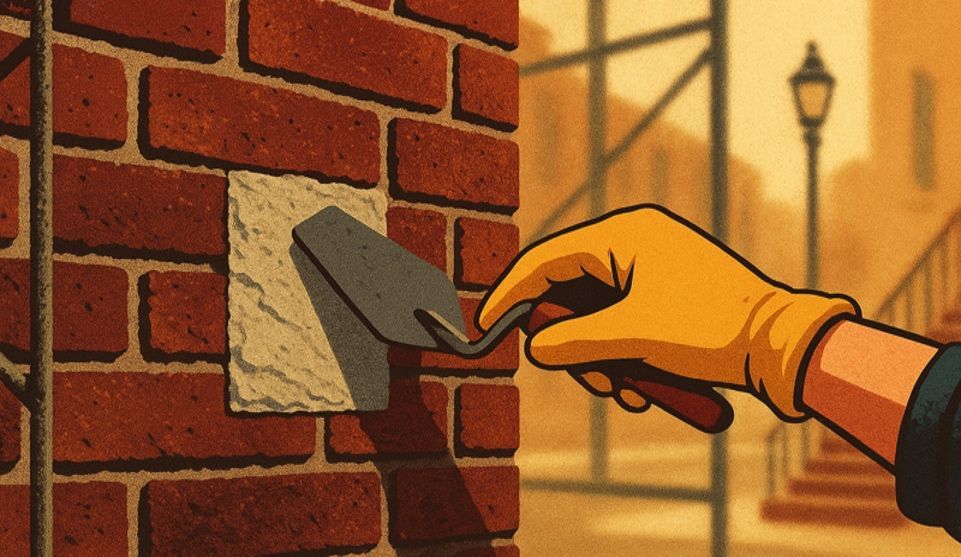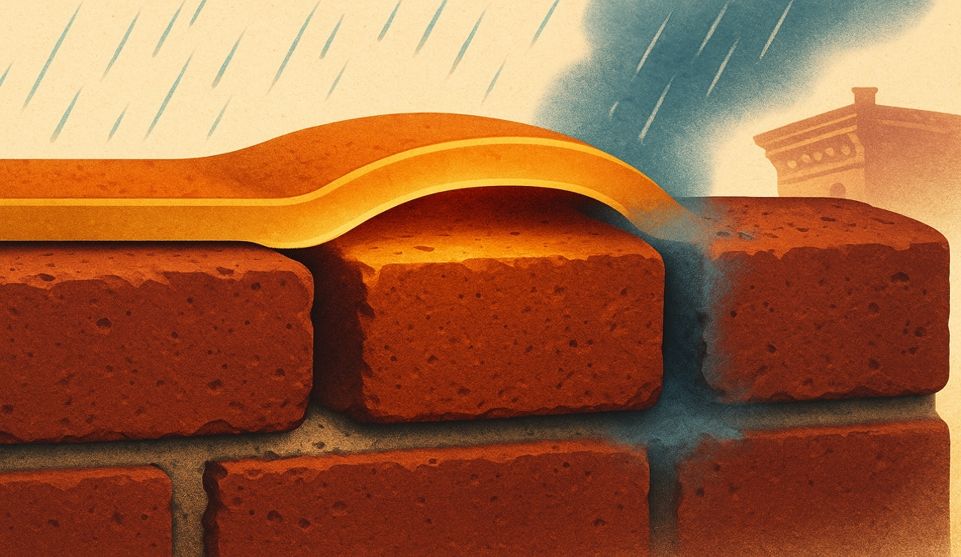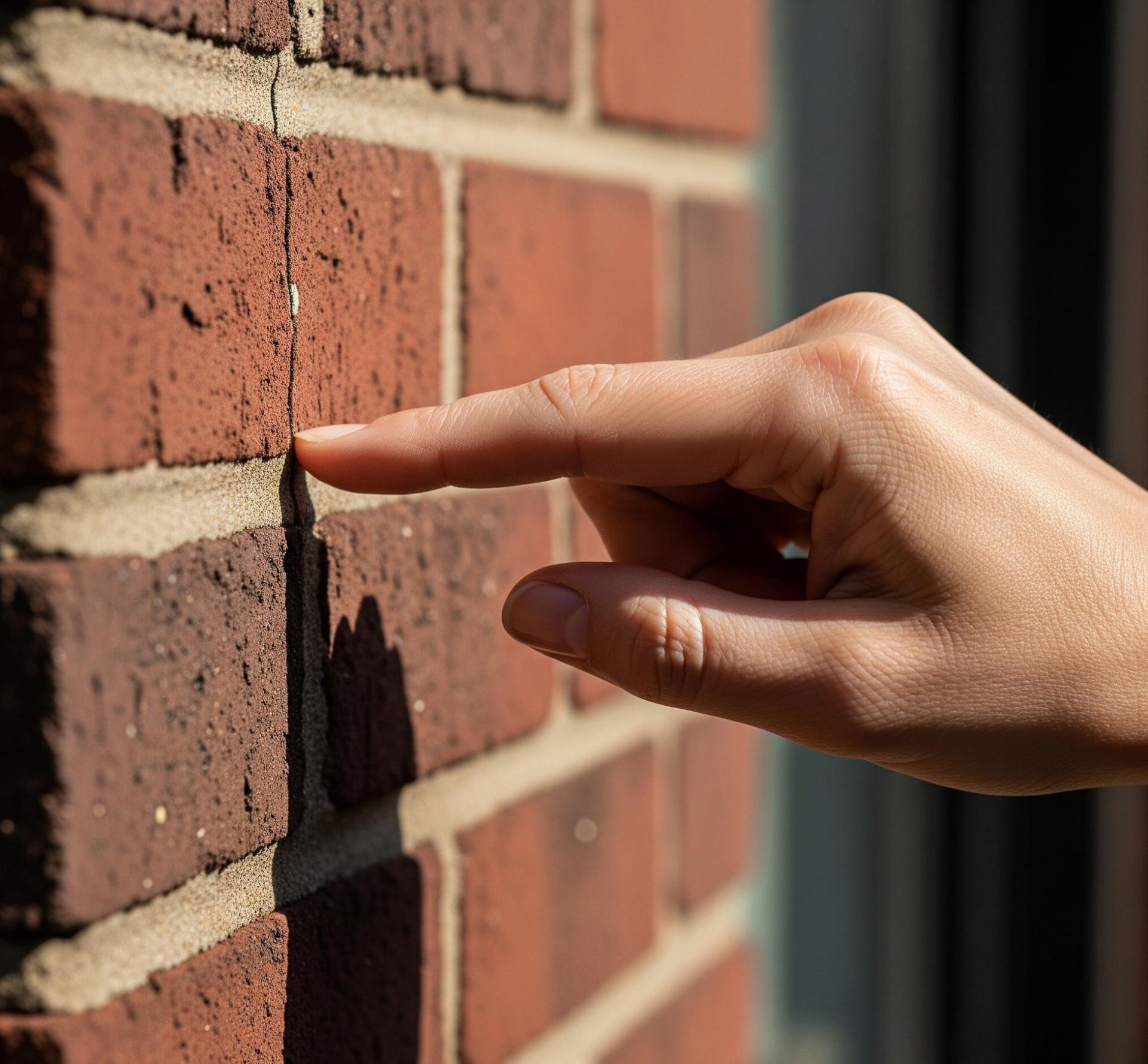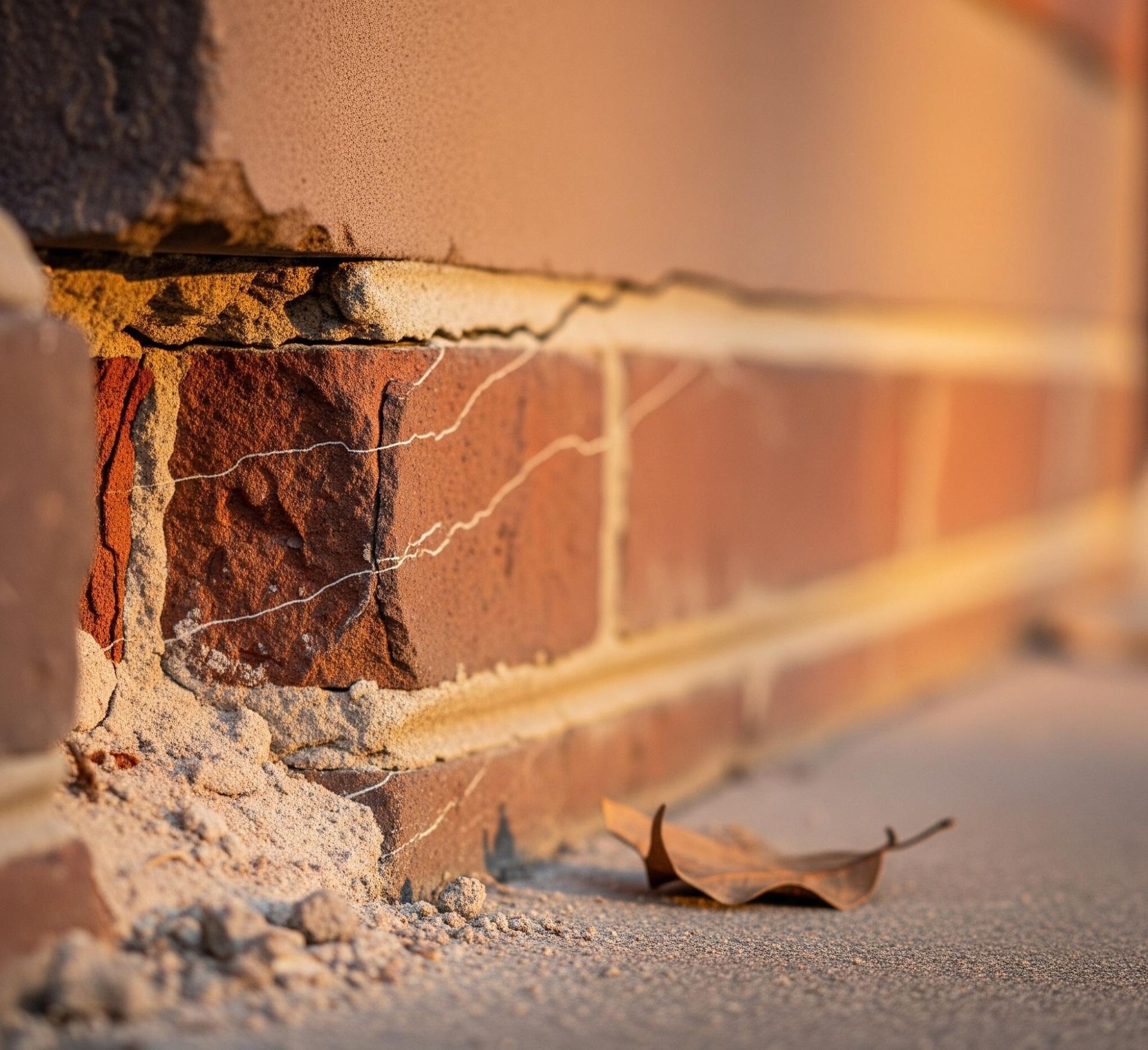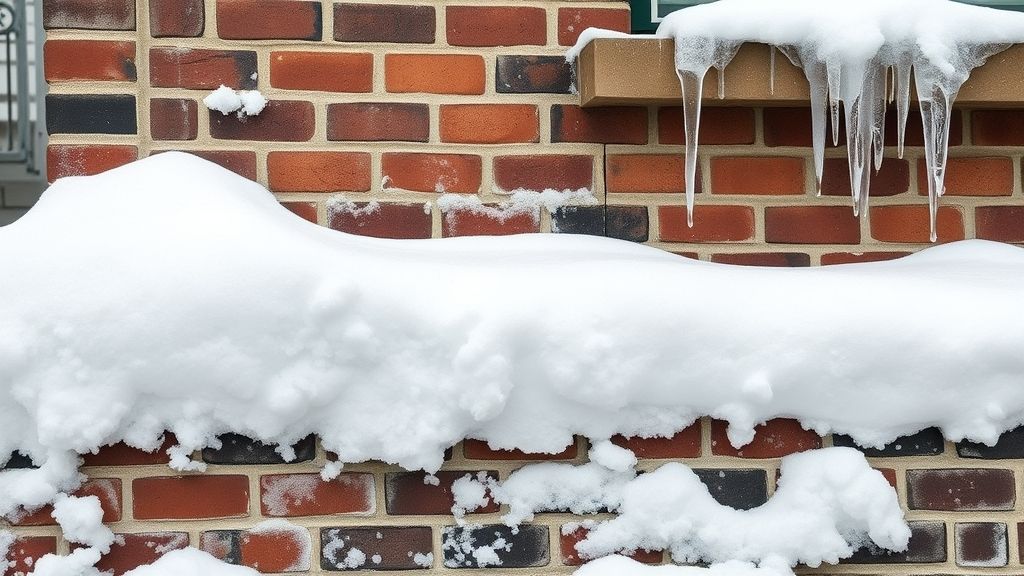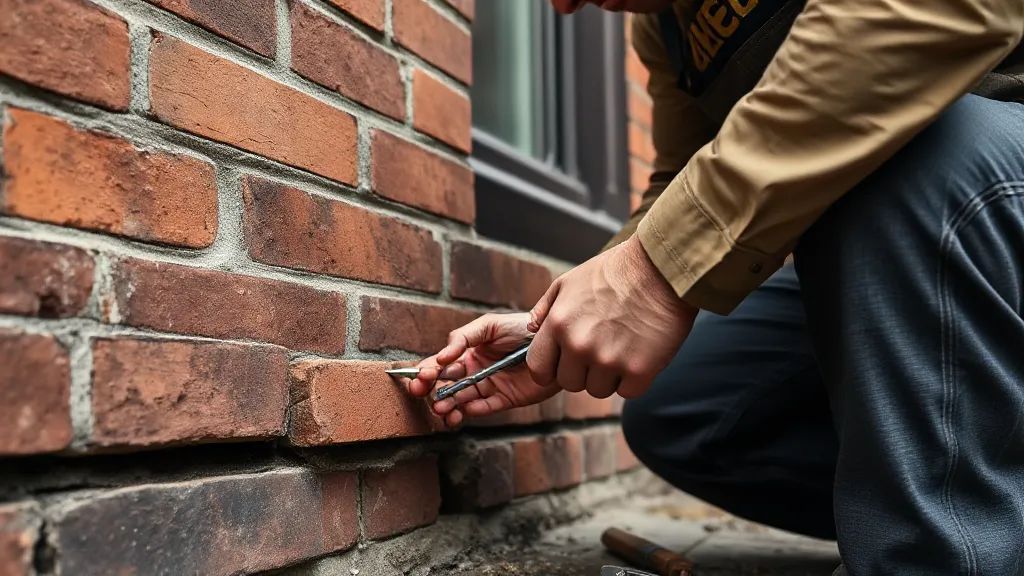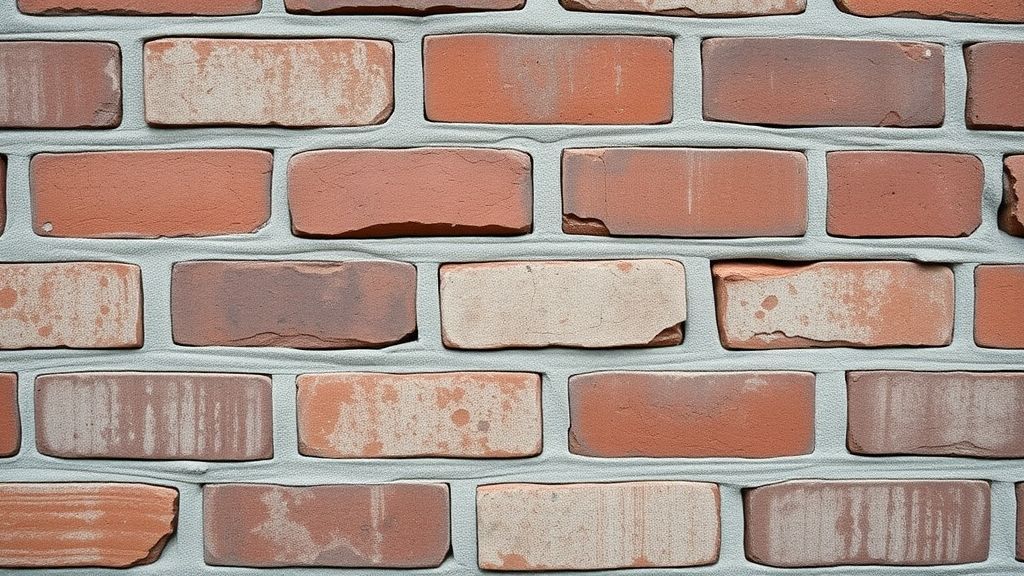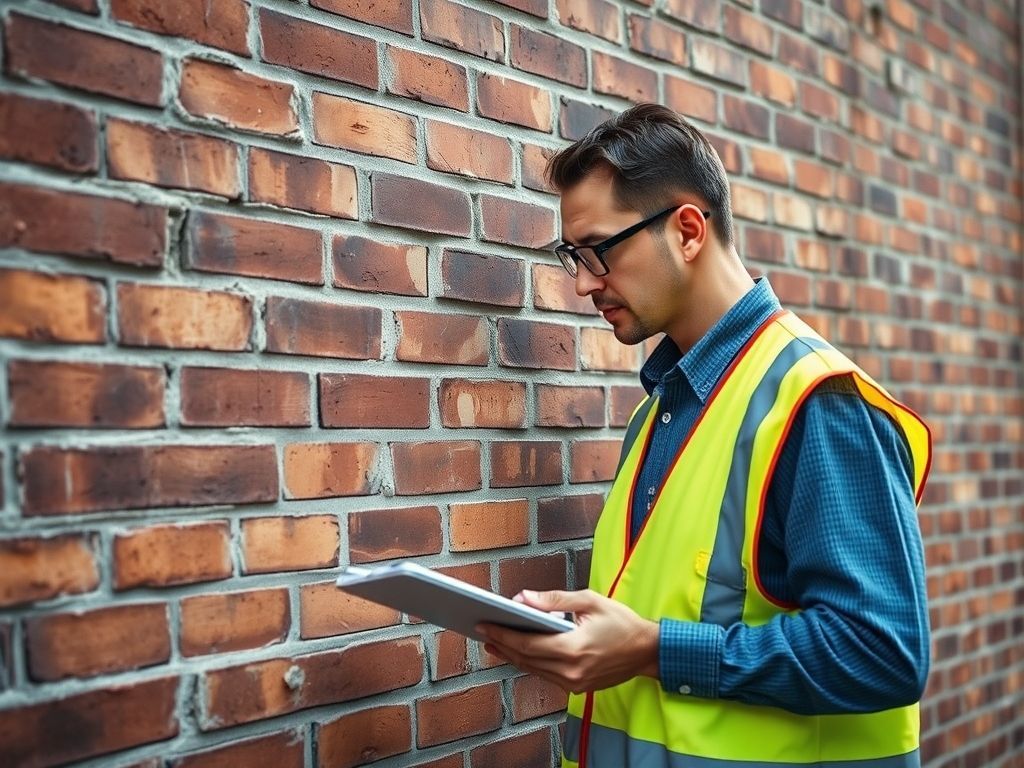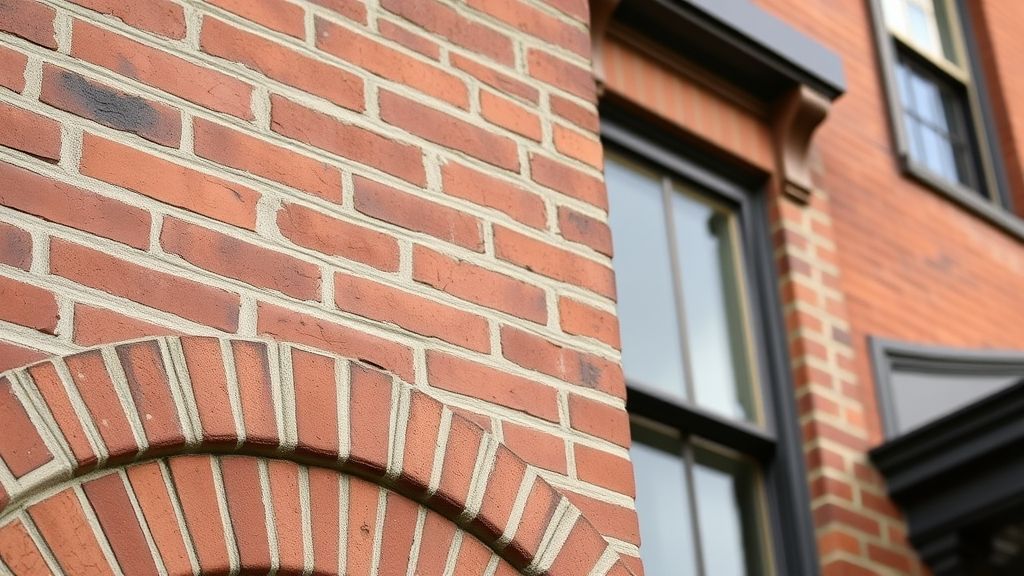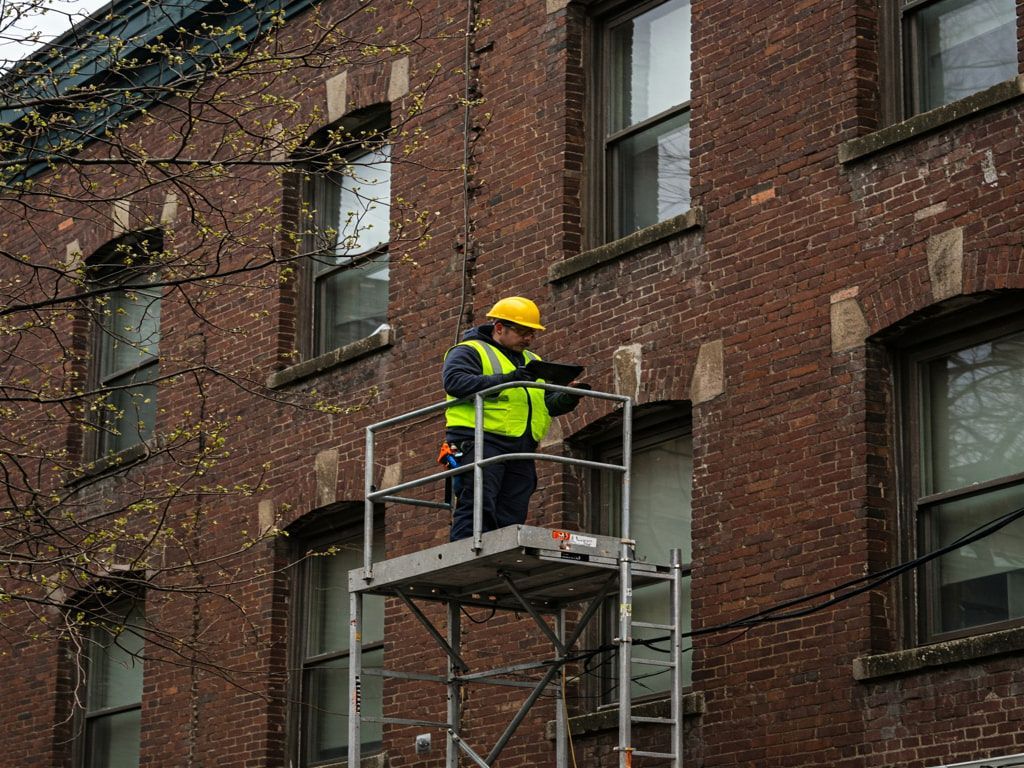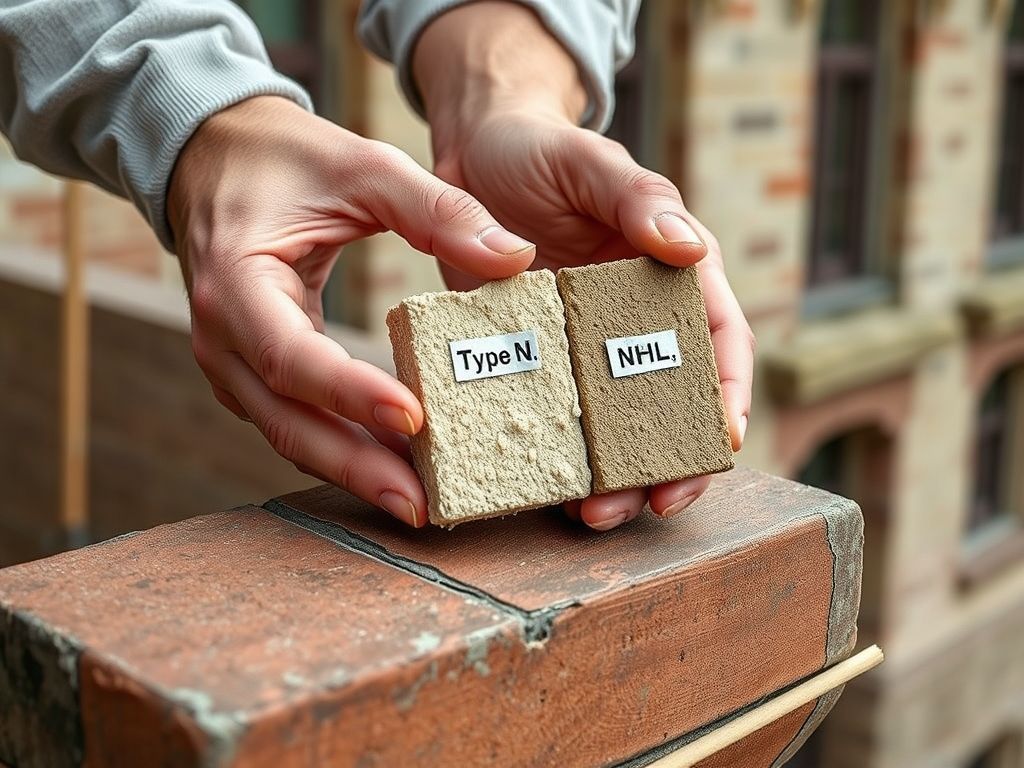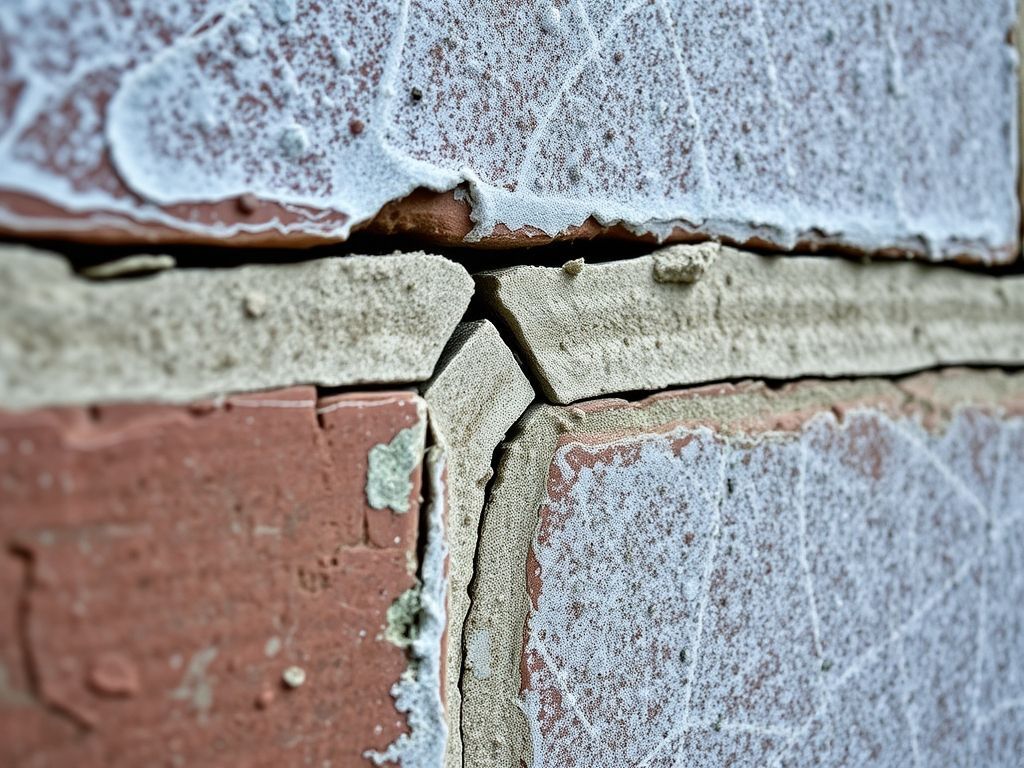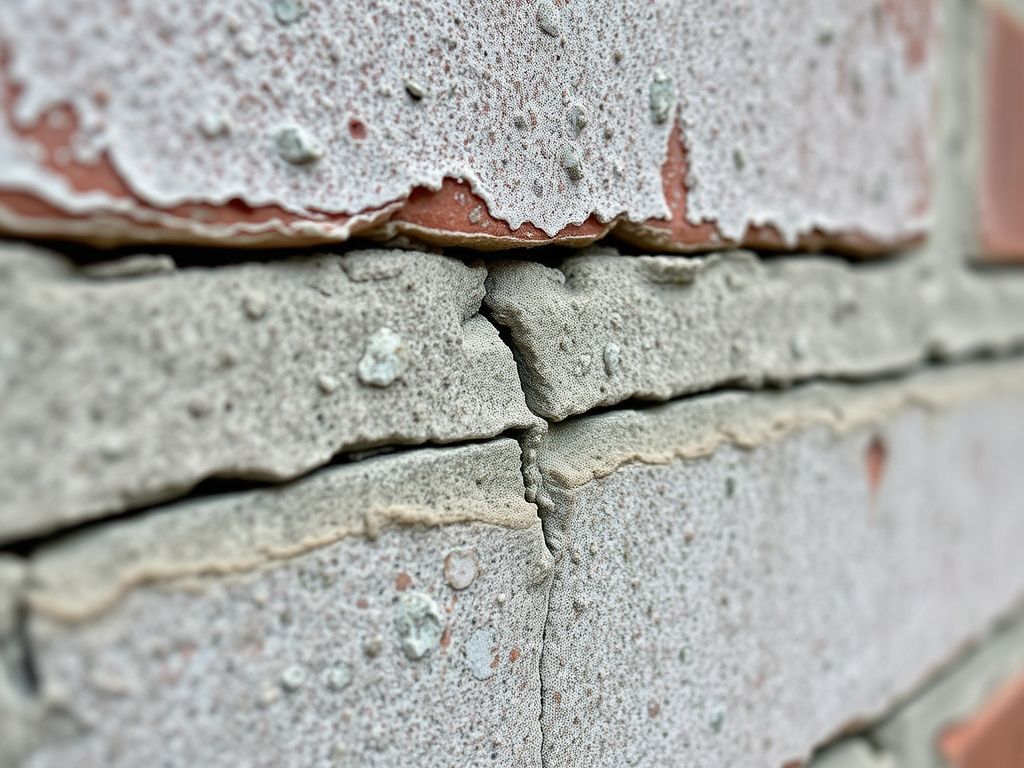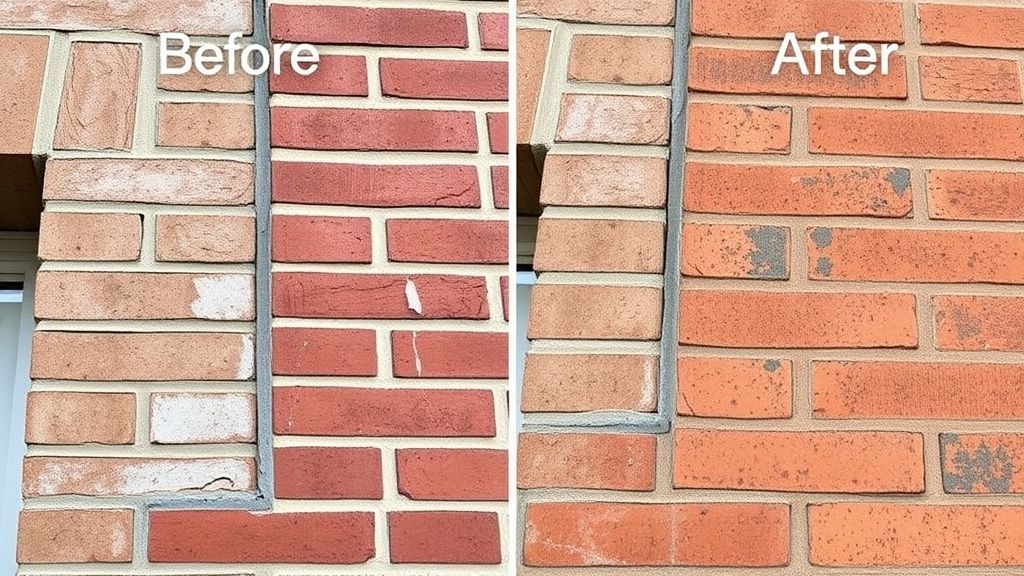Why the Right Mortar Mix is Everything for Historic Brooklyn Brick
📌 Key Takeaways
The "Steel Patch on Cotton" Problem: Using modern Portland cement mortar on historic brick is fundamentally destructive—the hard, impermeable cement traps moisture and forces it through the softer brick face, causing irreversible spalling damage that can destroy century-old masonry.
The Hard vs. Soft Principle: Historic brick walls function as breathing systems where both brick and mortar naturally manage moisture together. When you seal the mortar route with cement, you redirect all moisture pressure to exit through the brick itself, literally blowing off the brick faces during freeze-thaw cycles.
Lime-Based Mortar as the Preservation Solution: Traditional lime mortar offers three critical advantages for historic buildings—breathability (allows moisture escape), flexibility (accommodates building movement), and sacrificial protection (designed to be the weaker element that preserves the irreplaceable brick).
The Contractor Litmus Test: Ask any masonry contractor about their mortar choice for historic brick. True preservation specialists will immediately explain material compatibility and breathability concepts, while general contractors often default to "stronger is better" thinking that damages historic buildings.
Long-Term Financial Protection: While lime-based mortar may cost more initially, using the wrong cement mortar leads to exponentially higher repair costs when spalling begins, often requiring partial wall reconstruction rather than simple repointing.
This insider knowledge transforms homeowners from vulnerable clients into informed decision-makers, providing the specific technical understanding needed to confidently evaluate contractors and protect irreplaceable historic architecture. This content is for informational purposes only and does not constitute professional advice—consult with qualified preservation specialists for your specific historic building needs.
Picture this: you've just received three quotes for brick pointing work on your Brooklyn brownstone. Two are clustered around one price range, but one contractor comes in significantly lower. Your first instinct? Relief that you might save thousands. Your second thought? A gnawing worry about what corners might be cut.
Here's the thing—the biggest difference between those quotes often isn't labor or overhead. It's hiding in plain sight: the mortar itself.
Most homeowners never think to ask about mortar composition. (Why would they? It's just the stuff that holds bricks together, right?) But for historic buildings, this "minor detail" can mean the difference between preservation and destruction.
The Common Myth: "Stronger is Better," Right?
Walk into any hardware store, and you'll hear it: modern Portland cement mortar is superior because it's stronger. The logic seems bulletproof—if you want your wall to last, use the toughest material available.
Contractors who don't specialize in historic work often embrace this thinking. They'll confidently explain how their high-strength cement will "bulletproof" your old brick wall. Some genuinely believe they're doing you a favor by upgrading your home with "better" materials.
The reality? Using modern cement mortar on historic brick is like putting a steel patch on a cotton shirt—the patch will eventually tear the original fabric apart.
The Reality: How the Wrong Mortar Destroys Historic Brick
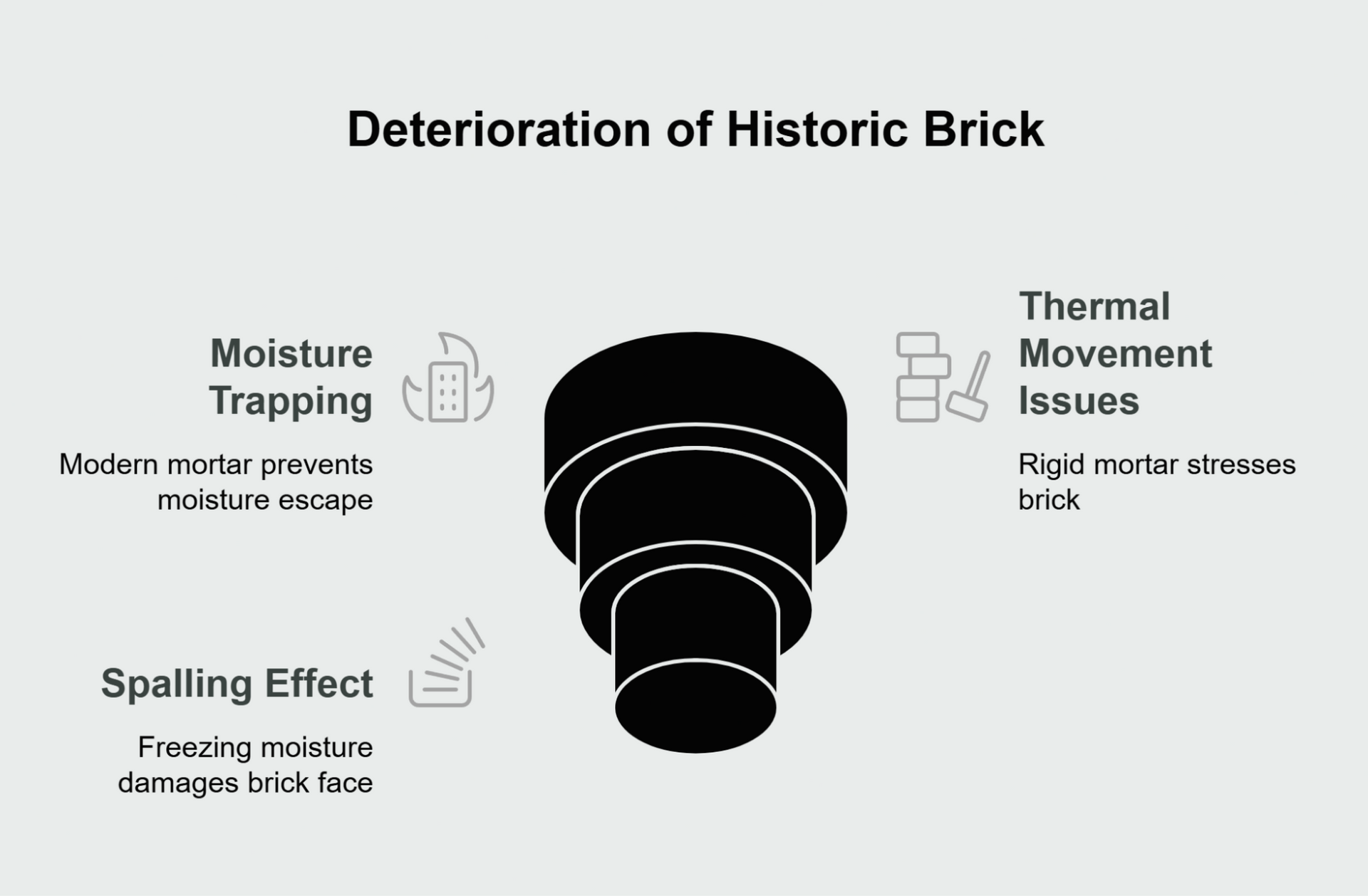
The Hard vs. Soft Principle
Here's what every historic homeowner needs to understand: old brick and modern mortar operate on completely different principles. This creates three devastating problems:
- Moisture Trapping: Historic brick is naturally porous and "breathes" by allowing moisture to escape through both the brick and mortar. Hard cement mortar creates an impermeable barrier, forcing all moisture to exit through the brick face instead.
- Thermal Movement Issues: Buildings naturally expand and contract with temperature changes. Soft lime mortar accommodates this movement by flexing slightly. Rigid cement mortar doesn't bend—it transfers stress directly to the surrounding brick.
- The Spalling Effect: When moisture freezes inside brick (because it can't escape through the mortar), it expands and literally blows the face off the brick. This process, called spalling, is irreversible and can destroy original historic brick that survived well over a century of weather.
Long-Term Value The financial implications go far beyond the initial pointing cost. Replacing spalled brick—if you can even find matching historic material—costs significantly more than proper pointing with appropriate mortar. Many historic bricks simply cannot be replicated with modern manufacturing techniques.
The cruel irony? The "stronger" mortar that was supposed to protect your investment becomes its worst enemy.
Trapped Moisture: The Enemy of Old Brick
Think of your historic brick wall as a living system designed to manage moisture through controlled permeability. When you seal one escape route (the mortar), you don't eliminate the moisture—you just redirect its destructive force.
The Rigidity Problem: Why Flexibility Matters
Buildings are constantly moving. Wind pressure, settling, temperature fluctuations—these forces need somewhere to go. In a properly designed historic masonry system, the mortar acts as the "sacrificial" element, absorbing stress and protecting the irreplaceable brick.
The Preservationist's Choice: Understanding Lime-Based Mortar
Material Comparison: Traditional vs. Modern Mortar
| Property | Portland Cement Mortar | Lime-Based Mortar |
|---|---|---|
| Compressive Strength | Much Higher | Significantly Lower |
| Water Vapor Permeability | Very Low | High |
| Flexibility | Rigid | Accommodates Movement |
| Self-Healing Properties | Limited | Better crack management |
Style Note Beyond technical performance, lime mortar offers aesthetic benefits that appeal to preservation-minded homeowners. The softer appearance and subtle texture variations create the authentic look that defines Brooklyn's historic neighborhoods. Many community preservation boards specifically require lime-based mortars for their visual compatibility with original construction.
The three key advantages of lime-based mortar are breathability (allows moisture to escape safely), flexibility (accommodates natural building movement), and its sacrificial nature (designed to be the weaker element that protects the valuable historic brick).
According to the City Suburb, Inc. framework, the most critical factor in historic masonry preservation is material compatibility rather than maximum strength.
What If...? Planning for a Contractor Who Uses the Wrong Materials
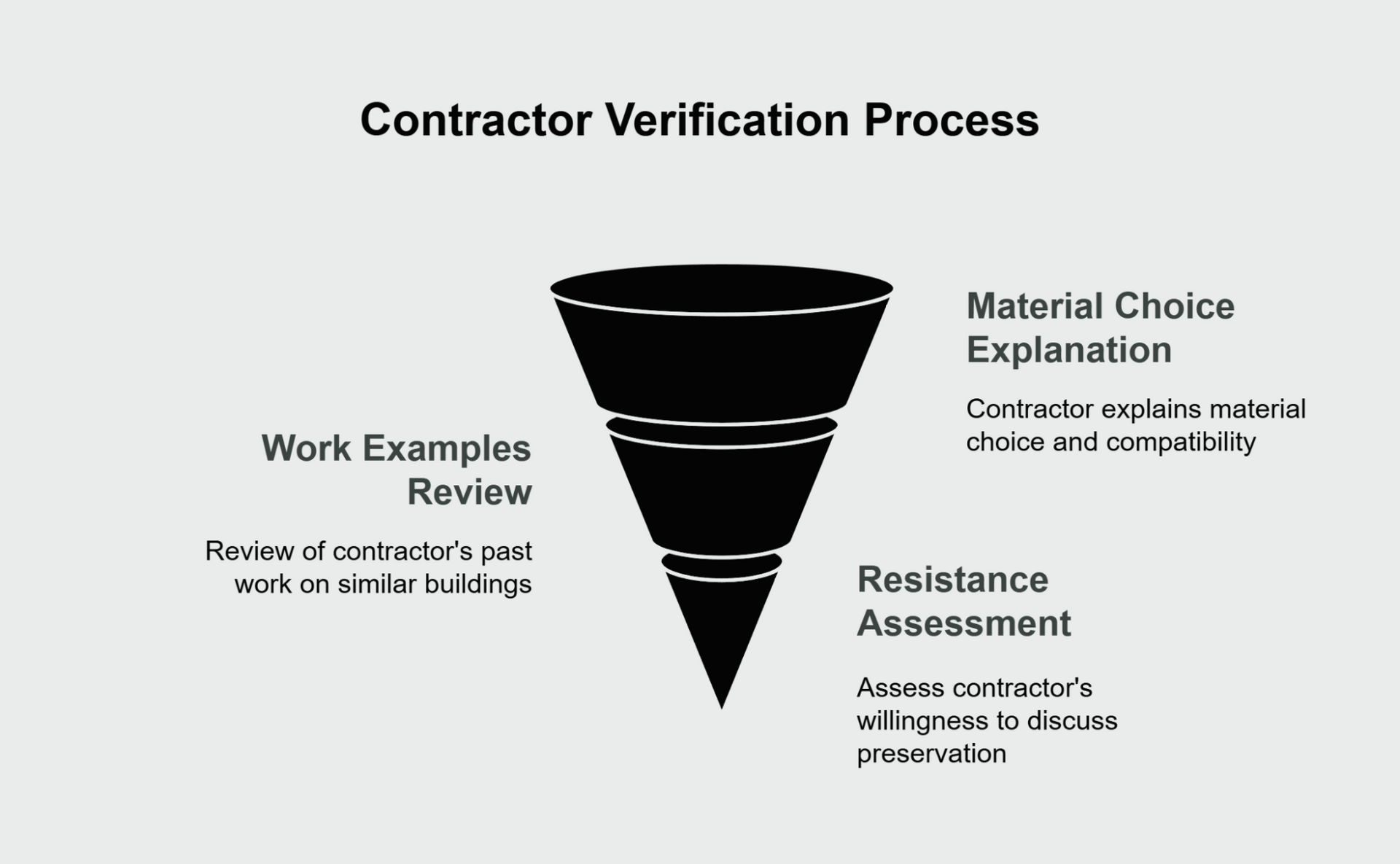
Let's address the scenario that keeps historic homeowners awake at night: what happens if a contractor insists on using modern cement mortar?
First, recognize this as a legitimate concern. Not every mason understands the specialized requirements of historic buildings. Some contractors default to familiar materials without considering the consequences.
Here's your three-step verification process:
- Ask them to explain their material choice: A qualified historic mason should immediately understand why you're asking and provide a clear explanation of mortar compatibility with your building's age and brick type.
- Request examples of similar work: Ask to see photos of recent projects on buildings from your era. Pay attention to the mortar color and texture—it should complement, not contrast with, the historic aesthetic.
- Treat resistance as a red flag: Any unwillingness to discuss materials or answer questions about preservation approaches suggests insufficient experience with historic buildings.
Peace of Mind Remember that qualified historic masons welcome these questions—they understand that educated clients make better long-term partners and are more likely to maintain the work properly over time.
Myth: Using modern, high-strength cement mortar will make my old brick wall stronger and more durable.
Fact: Modern cement mortar is too hard and impermeable for historic brick. It traps moisture and forces it to exit through the brick face, causing spalling and irreversible damage over time. The correct, softer lime-based mortar protects the brick by being the 'sacrificial' part of the wall system.
Expert Q&A
Question: What kind of mortar for old brick?
Answer: For most historic brick buildings, especially those built in earlier eras, the safest and most appropriate choice is a soft, breathable, lime-based mortar. Unlike modern Portland cement, lime mortar allows moisture to escape, preventing damage to the brick itself. The exact formulation should be determined by a professional based on the specific properties of the original brick and mortar.
— City Suburb Insights Team
A Question You Should Be Asking
The Unasked Question: "It's just mortar—how much damage can the wrong type really do?"
Why It Matters: While mortar might seem like a minor detail, using the wrong type can lead to catastrophic and expensive long-term damage to irreplaceable historic brick. The repair becomes far more costly than the original pointing work—often requiring partial wall reconstruction rather than simple repointing.
The Expert Answer: Spalling (the flaking away of brick faces) is the primary consequence of mortar incompatibility. Once spalling begins, it's progressive and irreversible. The mortar choice is the single most important factor in preventing this type of damage, directly preserving both your home's structural integrity and market value.
Conclusion: A Simple Question That Reveals True Expertise
After all the technical discussion, your contractor evaluation comes down to one simple test: ask about their mortar choice for historic brick.
The right answer isn't just about naming lime mortar—it's about demonstrating understanding of why material compatibility matters more than maximum strength. A true preservation specialist will explain the breathability concept and discuss how they match mortar formulations to your building's specific needs.
This question serves as your litmus test, separating general contractors from genuine historic preservation experts. The contractor who immediately understands your concern and provides a thoughtful explanation? That's who you want working on your irreplaceable piece of Brooklyn's architectural heritage.
While mortar compatibility is crucial, understanding original brick bonding patterns represents another layer of true restoration expertise—knowledge that separates preservation craftspeople from general masons.
The expertise you're building today positions you as a knowledgeable steward of historic architecture. In a few years, you'll likely find neighbors seeking your advice about their own preservation projects. The principles you're learning now—material compatibility, long-term thinking, and respect for original craftsmanship—form the foundation for becoming a respected voice in your community's ongoing preservation efforts.
Our Editorial Process
This content was drafted with AI assistance and has been reviewed, fact-checked, and edited by the expert humans on our Insights Team to ensure accuracy and clarity.
About the City Suburb Insights Team
The City Suburb Insights Team is our dedicated engine for synthesizing complex topics into clear, helpful guides. While our content is thoroughly reviewed for clarity and accuracy, it is for informational purposes and should not replace professional advice.
Purpose & Scope
This guide is intended as a comprehensive starting point. For decisions specific to your unique situation, we always recommend consulting a qualified professional.
